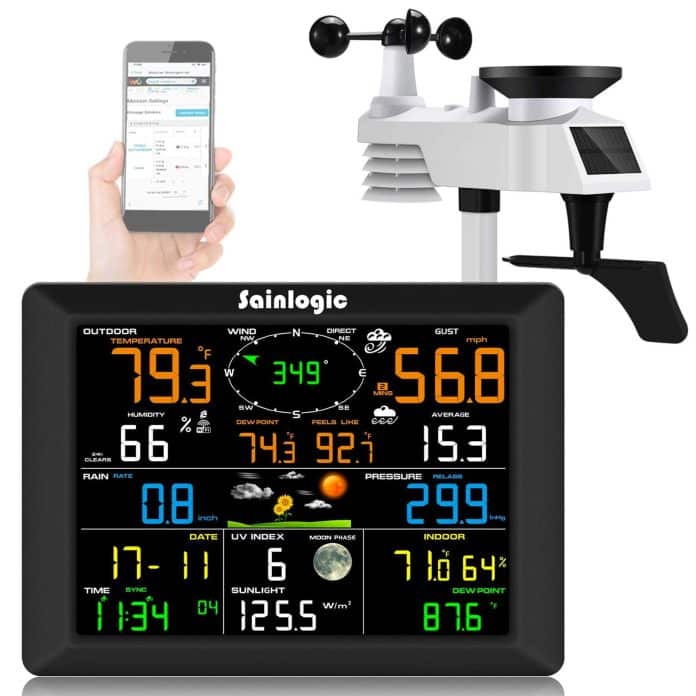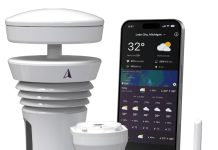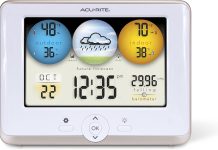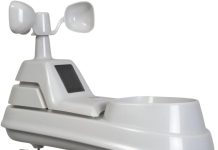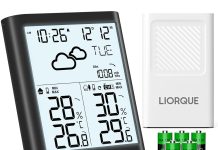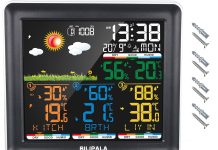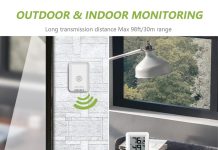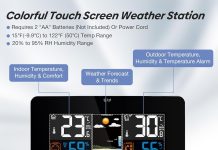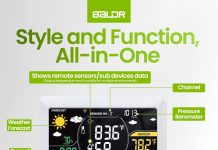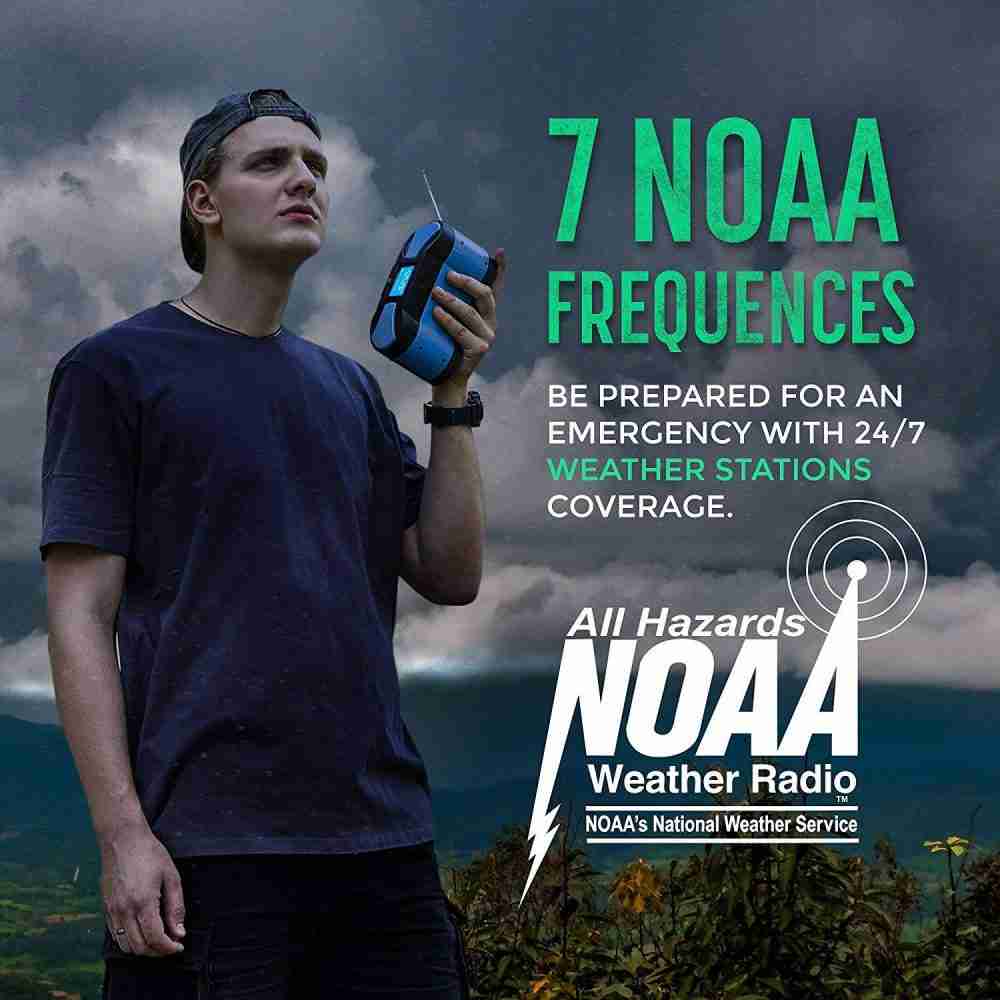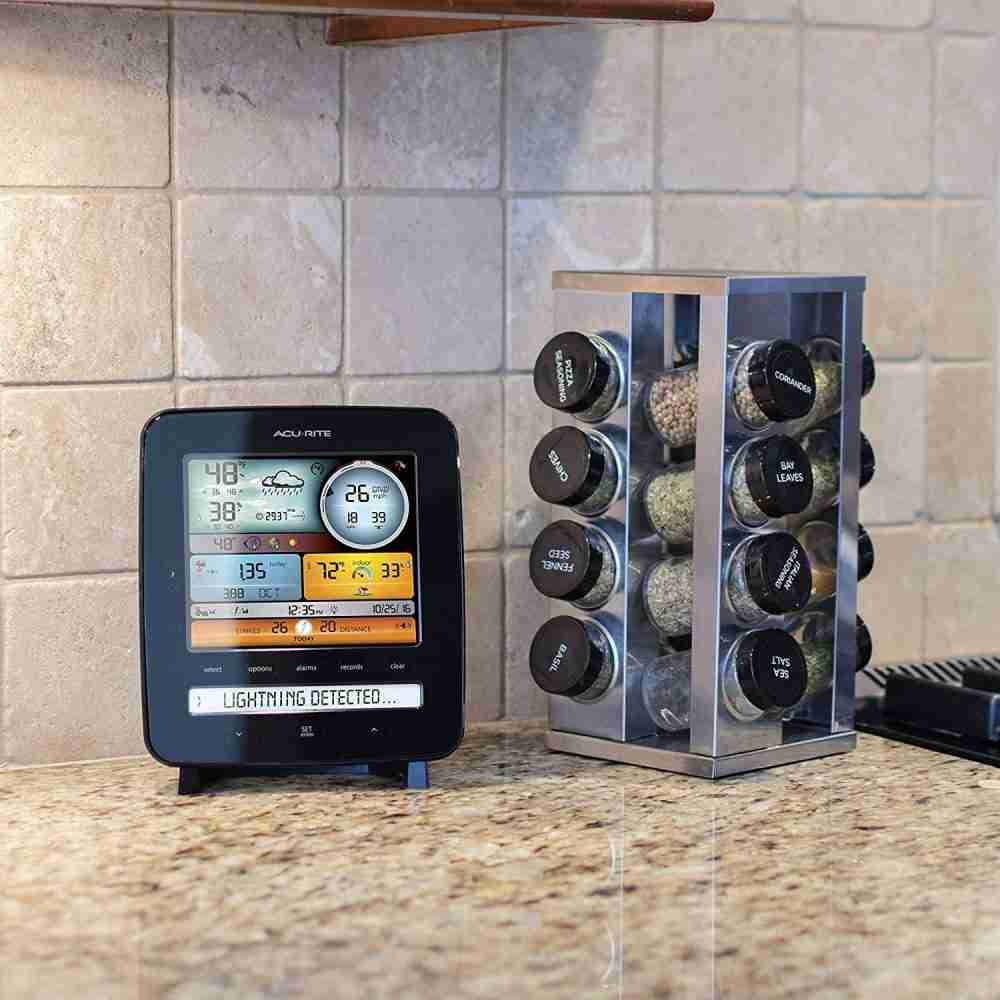When it comes to setting up a home weather station, finding the perfect location is key to achieving optimal accuracy. Wondering where that might be? Look no further! In this article, we will unravel the mystery behind the ideal spot for installing a home weather station. By understanding the factors that contribute to accurate weather readings, you’ll be able to find the perfect spot in no time. So let’s dive into the world of meteorology and discover the best location for your home weather station.
Factors to Consider
When installing a home weather station for optimal accuracy, there are several factors that need to be taken into consideration. These factors can greatly affect the readings and overall performance of the weather station. It is important to carefully evaluate each factor to ensure that the station is placed in an ideal location.
Local Obstructions
One of the first factors to consider is the presence of local obstructions. These can include buildings, trees, or any other structures that may obstruct the flow of air or interfere with the weather readings. It is important to place the weather station in a location where it is not obstructed by any surrounding objects. This will help to ensure that the readings are not influenced by the presence of these obstructions.
Proximity to Buildings
The proximity to buildings is another important factor to consider when determining the best location for a home weather station. Buildings can create microclimates that differ from the surrounding area, leading to inaccurate readings. It is best to place the weather station at a distance from any buildings to avoid any such interference. This will help to ensure that the readings reflect the true weather conditions in the area.
Elevation
Elevation plays a significant role in weather patterns and conditions. It is important to consider the elevation of the location where the weather station will be installed. Higher elevations can experience different weather patterns and conditions compared to lower elevations. Placing the weather station at an appropriate elevation will help to ensure that the readings accurately represent the local weather conditions.
Terrain
The terrain of the area can also affect the performance and accuracy of a home weather station. Areas with uneven or sloping terrain can create wind patterns that differ from the surrounding area. It is important to choose a location that has a relatively flat and even terrain to minimize any potential variations in wind patterns. This will help to ensure that the wind readings are accurate and representative of the local area.
Tree Coverage
The presence of trees near the weather station can introduce additional factors that may affect the accuracy of the readings. Trees can create sheltered areas and alter wind patterns, resulting in inaccurate wind readings. Additionally, tree branches or leaves may obstruct the sensors, leading to inaccurate temperature or precipitation measurements. It is best to choose a location that is free from tree coverage to ensure optimal accuracy.
Exposure to Elements
In addition to the local factors, the exposure to elements is another important consideration when determining the best location for a home weather station. Different weather elements can have varying effects on the readings, and it is essential to place the weather station in a location where it is exposed to the elements in a representative manner.
Direct Sunlight
Direct sunlight can significantly affect temperature readings. Placing the weather station in direct sunlight can result in higher temperature readings, as the sensors absorb and radiate heat from the sun. To ensure accurate temperature measurements, it is best to place the weather station in a shaded area, away from direct sunlight.
Wind
The wind is another crucial element in weather measurements. It is important to position the weather station in an open area where it is exposed to the prevailing winds. Placing it too close to buildings or structures can result in sheltered areas and inaccurate wind readings. By choosing a location with good exposure to wind, the weather station can provide reliable and representative wind measurements.
Rain
Rainfall measurements can also be affected by the location of the weather station. Placing it too close to buildings or trees can result in obstruction and inaccurate rainfall readings. Additionally, roof runoff or other structures can cause distortion in the rainfall measurements. It is best to place the weather station in an open area, away from any potential obstructions, to ensure accurate rainfall measurements.
Avoiding Interference
Interference from various sources can impact the accuracy of a home weather station. It is essential to choose a location that minimizes interference to ensure reliable readings.
Electromagnetic Interference
Electromagnetic interference (EMI) can be caused by nearby electrical devices or power lines. This interference can affect the performance of the weather station’s sensors, leading to inaccurate readings. It is advisable to place the weather station away from any significant sources of electromagnetic interference to avoid any potential distortion in the measurements.
Reflection and Refraction
Reflection and refraction of light can affect the accuracy of temperature measurements. Placing the weather station near reflective surfaces such as large windows or metal structures can result in inaccurate temperature readings. It is important to choose a location that minimizes the impact of reflection and refraction to ensure optimal accuracy.
Heat from Buildings
Heat emitted by buildings can also interfere with temperature measurements. Placing the weather station too close to buildings can result in artificially elevated temperature readings, as the sensors absorb the radiated heat. It is best to position the weather station at a distance from buildings to avoid any potential heat interference and ensure accurate temperature measurements.
Ideal Placement Locations
To achieve optimal accuracy, certain locations are ideal for placing a home weather station. These locations provide the best conditions for obtaining accurate and reliable weather measurements.
Open Fields
Open fields provide a clear and unobstructed area for weather station placement. They offer good exposure to wind and allow for accurate wind readings. Open fields are also typically free from significant electromagnetic interference and reflections, ensuring accurate temperature measurements. Placing the weather station in an open field provides an ideal location for optimal accuracy.
Rooftop
Placing the weather station on a rooftop can provide good exposure to wind and minimize potential obstructions from buildings or trees. Rooftops often allow for excellent visibility and optimal placement of the weather station’s sensors. However, it is essential to ensure safe and secure installation on the rooftop to avoid any potential damage or safety hazards.
Garden
Gardens can also be ideal locations for home weather stations. They typically have open areas with good exposure to wind and minimal obstructions. Placing the weather station in a garden allows for accurate wind measurements and provides a favorable environment for obtaining reliable weather readings.
Positioning the Sensors
The accurate placement of sensors is crucial for obtaining precise weather measurements. Each sensor has specific requirements for optimal performance and accuracy.
Thermometer
The thermometer sensor should be placed in a shaded area away from direct sunlight or heat sources. It should be shielded from reflective surfaces or structures that may affect temperature readings. To ensure accurate temperature measurements, it is best to position the thermometer sensor in a location that reflects the true ambient air temperature.
Barometer
The barometer sensor should be placed in an area free from obstructions that may affect air pressure readings. Placing it at a suitable height will help to ensure that it accurately measures the atmospheric pressure. It is important to follow the manufacturer’s guidelines for optimal placement and positioning of the barometer sensor.
Anemometer
The anemometer sensor is responsible for measuring wind speed and direction. To obtain accurate wind measurements, it is crucial to place the anemometer sensor in an open area, away from any potential obstructions such as buildings or trees. Placing it at an appropriate height will also help to ensure that it captures representative wind conditions.
Rain Gauge
The rain gauge sensor measures precipitation levels. To obtain accurate rainfall measurements, the rain gauge sensor should be positioned in an open area where it is not obstructed by buildings or trees. It should be placed at a suitable height to capture the rainfall accurately. Regular cleaning and maintenance of the rain gauge sensor are also necessary to ensure optimal accuracy.
Maintenance and Accessibility
Accessibility for Calibration
Regular calibration is necessary to ensure the ongoing accuracy of a weather station. It is important to choose a location that allows for easy access to the sensors and calibration process. Placing the weather station in a location that is easily accessible will facilitate regular maintenance, calibration, and adjustment, ensuring optimal accuracy.
Ease of Cleaning
Cleaning the weather station’s sensors is essential to remove any dirt, debris, or buildup that may affect the accuracy of the measurements. It is important to choose a location that allows for easy cleaning of the sensors. Placing the weather station in a location that is easily accessible for cleaning purposes will help to ensure accurate and reliable weather readings.
Protection from Vandalism
To protect the weather station from vandalism or tampering, it is advisable to choose a location that is not easily accessible to unauthorized individuals. Placing the weather station in a secure location, such as on a rooftop or in a fenced garden, can help to deter vandalism and ensure the integrity of the measurements.
In conclusion, choosing the best location for a home weather station is essential for optimal accuracy. Factors such as local obstructions, exposure to elements, avoiding interference, ideal placement locations, positioning the sensors, and maintenance and accessibility all play a role in determining the accuracy of the weather measurements. By carefully considering each factor and following the guidelines provided, one can ensure that their home weather station provides accurate and reliable weather information.

